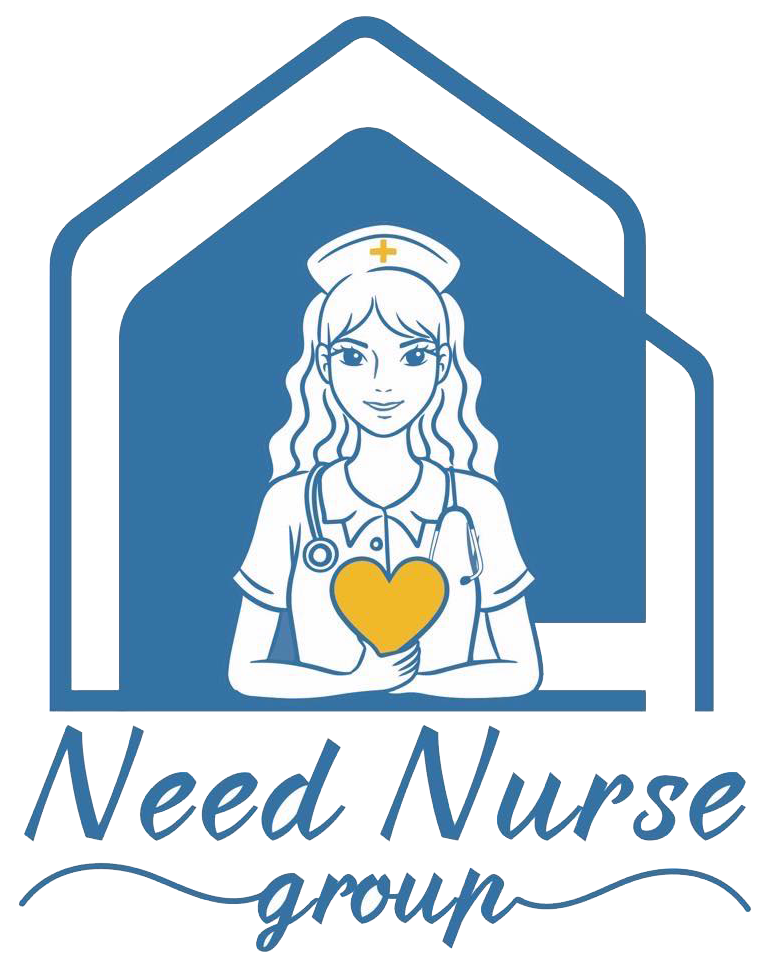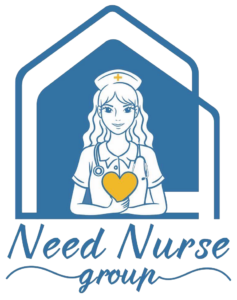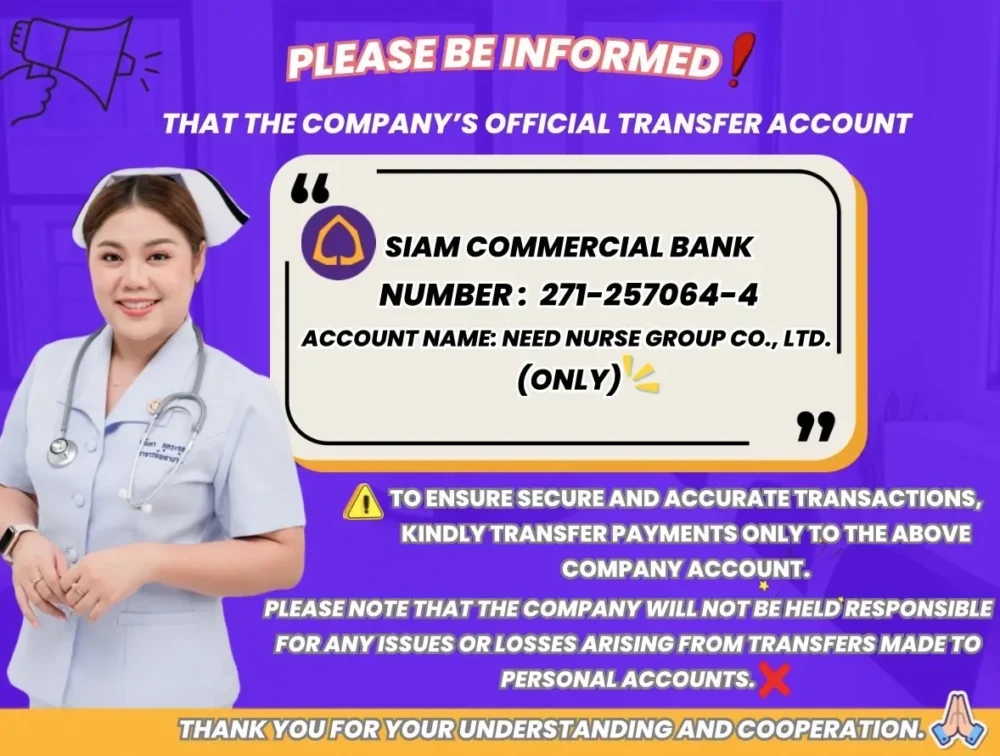Elderly vs. Young: A Comprehensive Comparison
Did you know that the elderly and young populations often experience vastly different realities, from health challenges to daily routines? Understanding these differences is crucial for fostering empathy and building stronger communities. This blog post dives into the elderly vs. young divide, exploring the key distinctions between these two significant groups. We’ll examine their unique challenges, from health disparities to lifestyle differences, and uncover opportunities for bridging the gap.
In this post, you’ll learn about the demographics of each group, compare their health and lifestyle aspects, and discover how technology and intergenerational connections can build bridges.
Demographics: Understanding the Two Groups
Understanding the demographics of the elderly and young is the first step in appreciating their unique circumstances.
Elderly Demographics: Key Statistics
The elderly population (typically defined as those aged 65 and over) is growing globally. Key statistics include:
- Growth: The number of people aged 65 and over is increasing, representing a significant portion of the population in many countries.
- Living Arrangements: Many elderly individuals live independently, while others reside in assisted living facilities or with family members.
- Geographic Distribution: The elderly population is often concentrated in specific geographic areas, influencing resource allocation and community planning.
Young Demographics: Key Statistics
The “young” demographic usually refers to those from infancy to early adulthood (e.g., 0-24 years). Key statistics to consider:
- Population Size: The size of the young population varies by region and country, impacted by birth rates and migration.
- Education Levels: Access to education and achievement levels vary widely among young people based on socioeconomic factors.
- Family Structures: Family structures and living arrangements among young people are diverse, ranging from nuclear families to single-parent households and foster care.
Health Disparities: A Comparative Analysis
Health is a critical area where the elderly and young experience significant differences.
Health Challenges Faced by the Elderly
Common health challenges for the elderly include:
- Chronic Diseases: Conditions like arthritis, heart disease, and diabetes are prevalent.
- Mobility Issues: The elderly may experience mobility issues.
- Mental Health: Depression and cognitive decline (such as Alzheimer’s disease) can be significant concerns.
Health Challenges Faced by the Young
Young people also face unique health challenges:
- Mental Health: Mental health issues, including anxiety and depression, affect a growing number of young people.
- Injuries: Accidents and injuries are common, particularly during childhood and adolescence.
- Developmental Issues: Delays or challenges in physical, cognitive, or social development can arise.
Lifestyle Differences: Daily Routines and Social Interactions
Lifestyle choices and daily routines differ significantly between the elderly and young.
Lifestyle of the Elderly
The lifestyle of the elderly can include:
- Retirement: Many elderly individuals are retired, impacting their daily routines and social interactions.
- Social Activities: Participation in social activities, community involvement, and hobbies is essential for well-being.
- Healthcare Visits: Healthcare appointments and managing medications are important components of their daily lives.
Lifestyle of the Young
The young lead lives that involve:
- Education: School, college, and university attendance are significant aspects of their lives.
- Socialization: Social interactions include peer groups, extracurricular activities, and online communities.
- Family Time: Time spent with family and the development of independence are critical for this age group.
Challenges Faced by Elderly vs. Young
Both groups face unique challenges that affect their quality of life.
Challenges for the Elderly
- Social Isolation: Loneliness and lack of social connections can negatively affect their well-being.
- Financial Concerns: Fixed incomes and rising healthcare costs can create financial strain.
- Access to Care: Difficulty accessing healthcare, transportation, and other essential services.
Challenges for the Young
- Mental Health: Increased stress, anxiety, and depression can impact their lives.
- Educational Pressures: Academic competition and achieving educational goals can be overwhelming.
- Economic instability: Financial insecurities for the future
The Role of Technology and Intergenerational Connections
Technology and intergenerational connections can bridge the gap between the elderly and the young, fostering understanding and support.
Benefits of Exercise for elderly vs young
Exercise is important for both the elderly and the young.
Benefits for the Elderly
- Improved Physical Health: Exercise helps maintain mobility, strength, and cardiovascular health.
- Enhanced Mental Well-being: Exercise can reduce symptoms of depression and improve cognitive function.
- Social Opportunities: Participating in exercise programs can provide social interaction and reduce loneliness.
Benefits for the Young
- Physical Development: Exercise supports healthy growth and development.
- Mental Health Bonuses: Exercise improves mood, reduces stress, and enhances cognitive function.
- Development of Healthy Habits: Starting exercise early develops healthy habits for life.
Conclusion: Bridging the Gap and Building a Stronger Community
In this post, we’ve explored the key differences and perspectives surrounding the Elderly vs. Young. We’ve covered the differing health needs, various lifestyle and social differences, and the impact of generational changes.
By understanding these distinctions, you’re now better equipped to navigate intergenerational relationships more effectively, appreciate the diverse experiences of different age groups, and make informed decisions related to healthcare and social support.
Do you have more questions or want to learn more about the Elderly vs. Young? Visit our website at [website address] or contact us today at [contact information] to speak with an expert.





